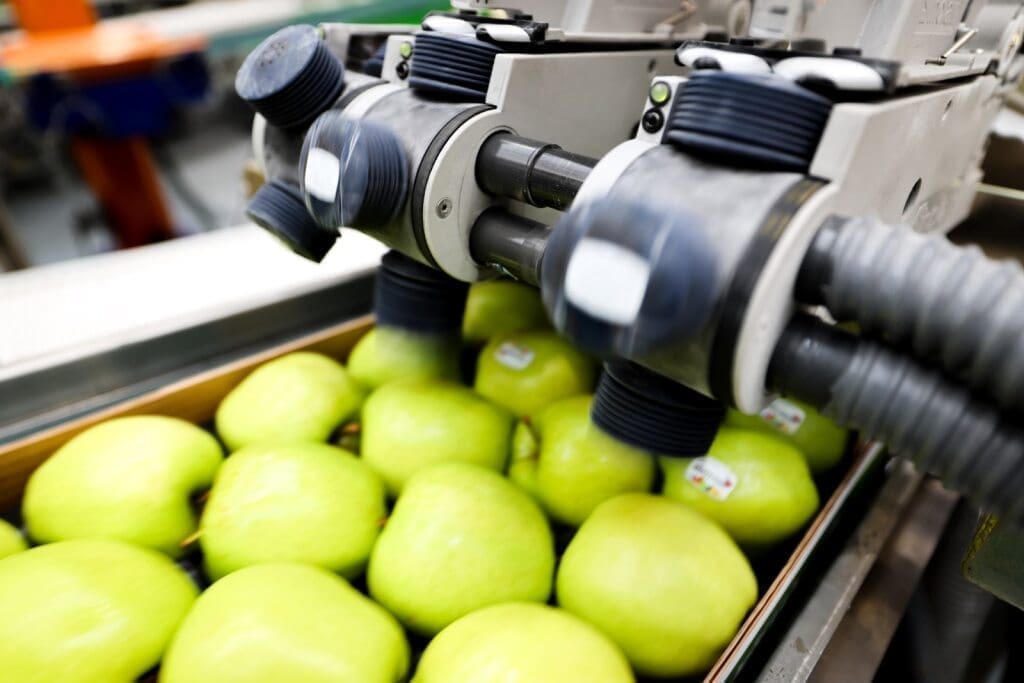Compostable packaging: What it means for fresh produce labeling

The latest UK Plastics Pact 2025 Guidance from WRAP offers critical insights into compostable plastics highlighting both opportunities and challenges that directly impact Sinclair’s operations and innovation strategy.
Insight from the report
Fresh produce often comes with unavoidable waste—think fruit skins, cores, and peels. Compostable labels and packaging can streamline disposal by allowing consumers to toss everything into the food waste bin. But to make this work, the packaging must be:
- Independently certified (e.g. EN 13432 for industrial composting).
- Clearly identified as compostable, avoiding vague terms, to limit confusion with conventional plastics.
- Compatible with existing waste infrastructure, which varies from market to market globally.
Fruit & vegetable labels (PLU Stickers)
These are the prime candidates for compostable materials. Since fruit skins are often discarded, compostable stickers reduce contamination in organic waste streams. Clear waste disposal instructions for the consumer and a clear indication (license or certification reference e.g. OKI S-0728) on labels are key to ensure that they meet compostability standards and reach the correct waste stream.
Home compostable innovations
With growing consumer interest in home composting, Certification standards like TÜV AUSTRIA OK compost HOME, offer added value to environmentally conscious retailers, packers, growers and consumers.
Challenges
- Infrastructure Gaps: Not all compostable packaging is actually composted. Many local authorities lack the facilities to process these materials, especially in anaerobic digestion systems.
- Consumer Confusion: Compostable labels must be paired with clear, instructive messaging. Vague terms like “compostable” or “biodegradable” can mislead and result in improper disposal. Use direct, action-oriented language (e.g. “Place in food waste bin”) and avoid ambiguous claims.
- Policy Uncertainty: Regulations are evolving. Different markets are taking different approaches and timelines to regulation of non-compostable fruit labels. Packaging and packaging waste directive (PPWR) is set for February 2028 in the EU. However. the proposed September 2025 ban on non-compostable fruit labels in South Australia has recently been paused to create consistent approach for all Australian states.
- Education of consumers: Wider promotion of correct disposal behaviors and certification implications through packaging and digital channels. This could be at the point of sale (via a digital screen or an ‘Everything’s Compostable’ aisle) or via marketing channels such as social media. Messaging needs to be carefully curated to ensure terminology is consistent to avoid misinterpretation or misleading claims.
The future of compostable labels
With Sinclair – T55, a dual certified fruit label (home and industrial compostable) and other compostable label solutions available – the opportunity is there to rapidly remove non-compostable labels from the retail shelf. Realistically, although the commitment is there this will take time as markets navigate the complexities of harmonizing and implementing regulations.
You can read the full UK Plastics Pact 2025 Guidance Roadmap
or
Learn more about Sinclair compostable fruit labels.

